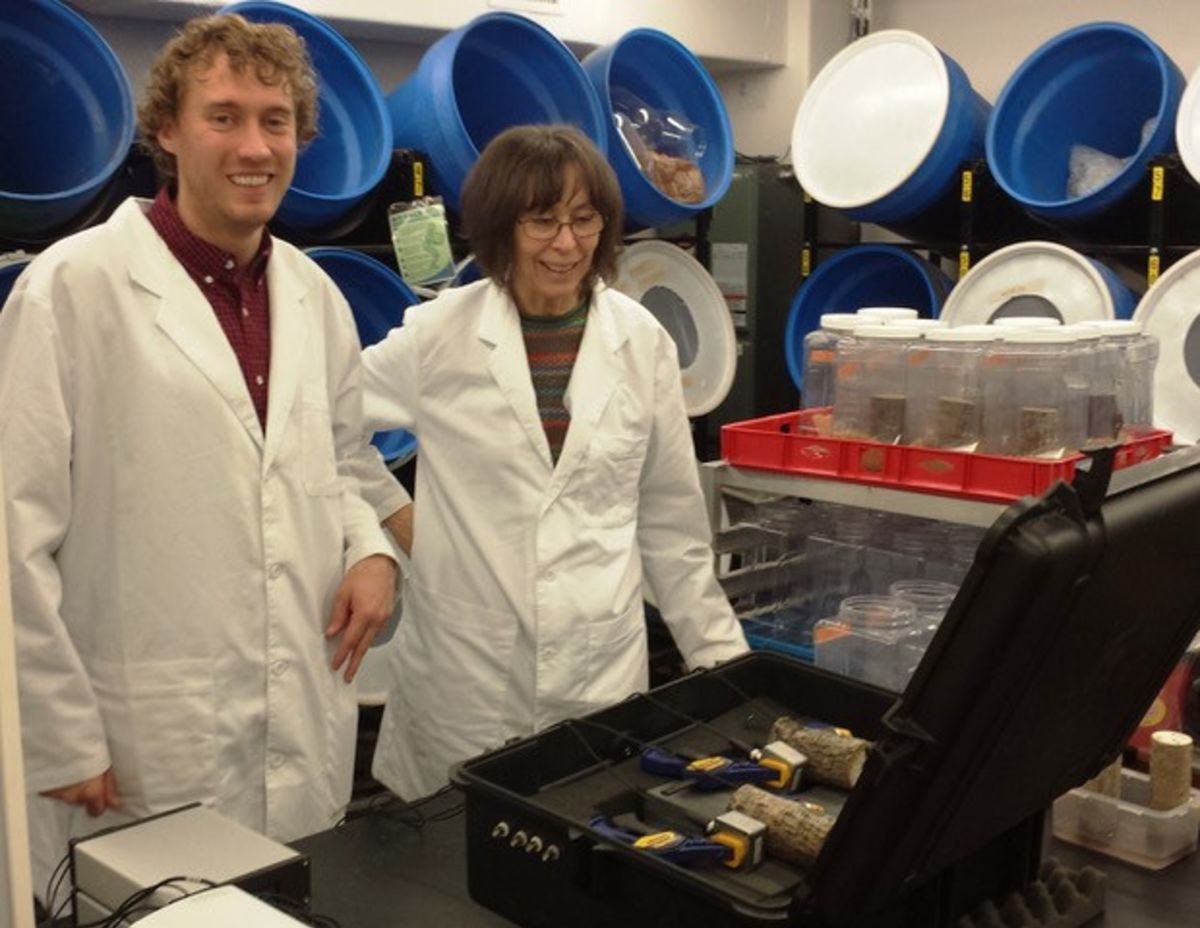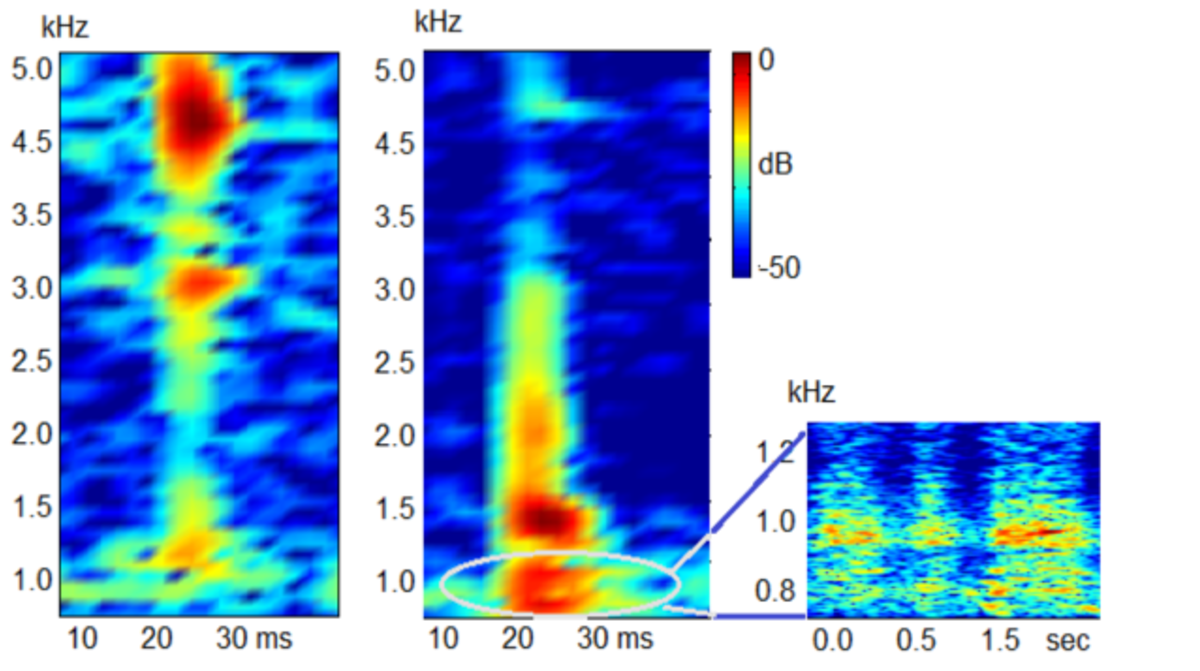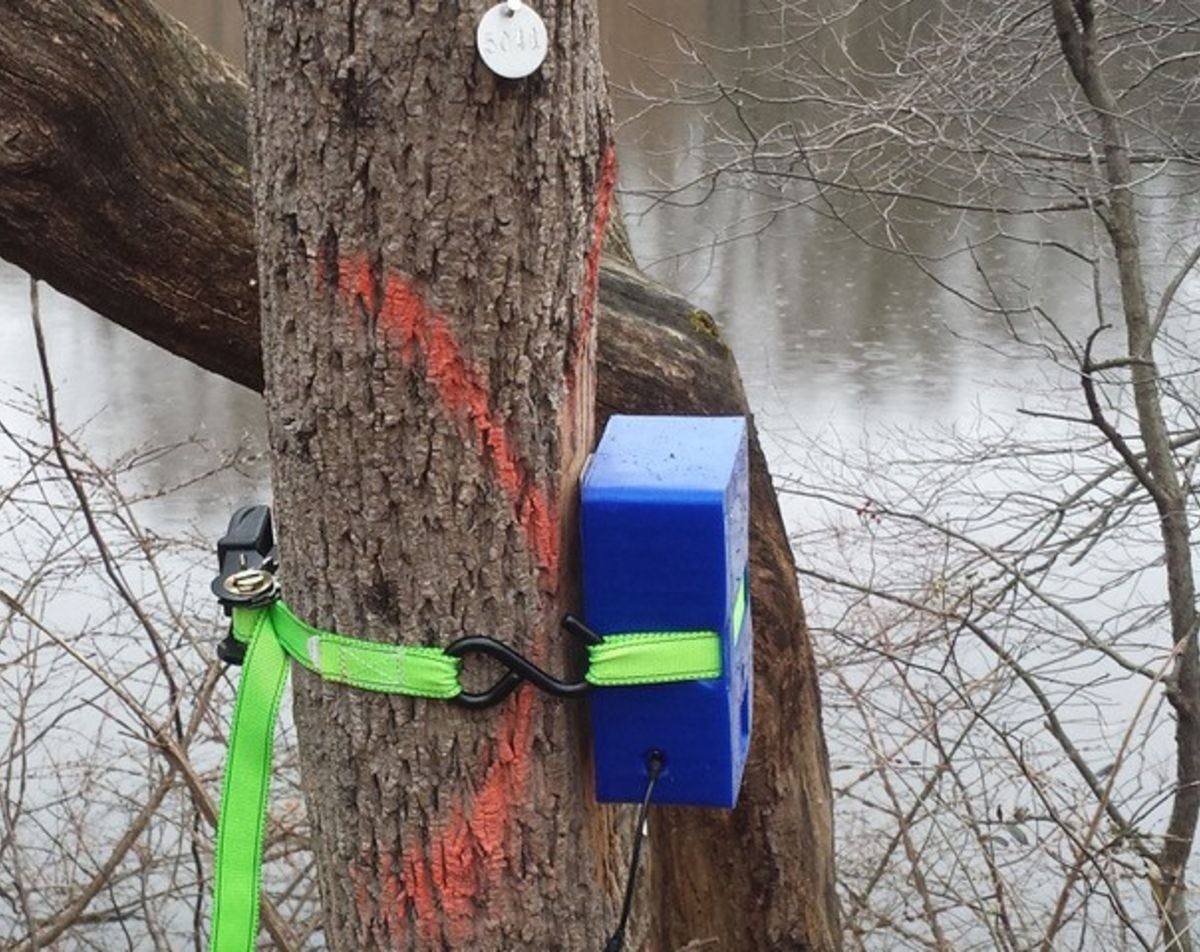Pest Control: How AI-Driven Sensing Technology Could Help Preserve Forests
Working with USDA, Stevens' STAR Center demonstrates a system for detecting devastating wood-boring pests
Forest pest damage costs the U.S. billions of dollars annually, according to experts. And that cost could skyrocket if certain non-native insect species were to spread more widely across the nation. Tens of millions of acres of tree cover, both urban and rural, are potentially at risk.
One solution? Better sensing, say Stevens Institute of Technology researchers, who recently developed and tested new technology that combines highly-sensitive vibration sensors, vibro-acoustic insect libraries and artificial intelligence to root out the dangerous pests hidden inside trees.
"This is an example of Stevens innovating on a technology previously developed by Stevens for applications that provide additional societal benefits," says Stevens Sensor Technology & Applied Research (STAR) Center director Hady Salloum, who led the project.
The wood-boring insect detection system, described in The Journal of Economic Entomology in January, was created and tested by Salloum and Stevens researchers Alexander Sutin, Alexander Yakubovskiy, Timothy Flynn and Nikolay Sedunov in collaboration with U.S. Department of Agriculture (USDA) researchers Hannah Nadel and Sindhu Krishnankutty.
The insect detection method is the most recent iteration of the university's patented passive-acoustic detection methods — technology originally developed for U.S. Navy and homeland security applications such as the detection and identification of divers, submersibles and small vessels, then later extended to drone and small aircraft detection and agricultural cargo inspection.
In forests, the sensors were neither submerged in water nor placed in remote border areas: instead, they were strapped around trees, collecting tiny vibrations produced by wood-boring insect larvae.
Detecting larval vibration through algorithms
The Stevens team began by traveling to Buzzards Bay, Massachusetts, home to a USDA invasive-pest storage and research facility.
There, they carefully recorded the vibrations produced by the two species of wood-boring pests of particular concern — the emerald ash borer and the Asian longhorn beetle — with high-quality vibration sensors. (USDA scientists estimate the longhorn beetle alone, left unchecked, has the potential to eliminate up to 30 percent of all urban tree cover in North America, more than a billion trees: a potential $670 billion hit to the economy.)
Next the team analyzed the larva-vibration libraries it created, developing artificial intelligence that's capable of analyzing signals recorded in the forest and picking out the distinctive vibrations of those two insect species.
It wasn't a simple task.
Background noises such as wind, vehicles, walkers, machinery, aircraft, electronics and human voices can produce vibrations in trees and interfere with the insect larva-produced vibrations.
To filter out those signals, the team created another library of typical interfering sounds and their vibrations in its lab, tweaking their algorithm to flag the known vibro-acoustic signatures of those various types of background noise.
The team also tuned the algorithm with additional filters, such as one that rejects all vibrations that last longer than an insect's single longest continuous vibration could last. And they incorporated additional mathematical transformations to the process, as well, to perform feature extraction on the larval signatures.
Portable, cost-effective, earlier pest detection
Software in place, the Stevens researchers next developed sensors that could be strapped to trees.
In a patch of national forest in Morristown, New Jersey, Stevens collaborated with the Morris County Park Commission’s Division of Cultural and Environmental Resources, who pointed out individual trees (already evaluated for infestation) to further refine the algorithm and hardware. The Stevens-developed system was modified for forest use, and a portable, low-cost, simple-to-operate recording device was also developed and used.
An initial field test detected insects in all trees selected for removal, and did not produce false alarms in any healthy reference trees.
"You simply strap it around a tree, take a recording, and move on to the next tree," says Salloum. "It's quick and portable. You don't have to buy lots of equipment and be much more effective than the current way of looking for pests — which is basically walking through the forest with binoculars looking at trees, one by one, with a single observer deciding visually if they look infested or not."
The technology can also spot infestation before damage is even visually apparent on the surface of a tree, Salloum adds, allowing earlier intervention.
The Stevens team has applied for a patent on the technology and will continue to refine its system and signal processing algorithms, even as the modified system continues to undergo intensive testing in New Jersey parks.





